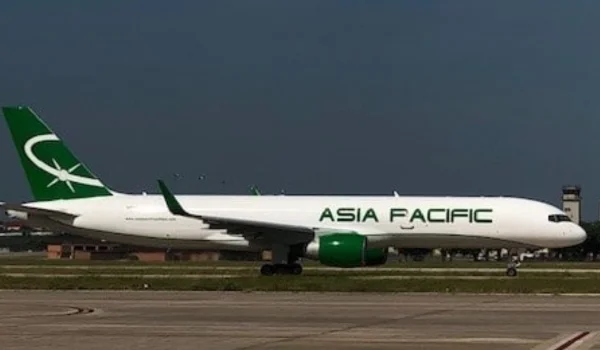In December 2024, Asia Pacific Airlines, a Guam-based cargo carrier operated by Aero Micronesia Inc., was ordered by the U.S. Department of Labor to pay over $2 million to a pilot wrongfully terminated for raising safety concerns. This case underscores the critical importance of whistleblower protections in the aviation industry and highlights the consequences of retaliatory actions against employees who report safety issues.
Background of the Case
The whistleblower, Captain Brant Swigart, had been employed with Asia Pacific Airlines since 2018, initially serving as a first officer before being promoted to captain. In 2021, he refused to fly a Boeing 757 freighter, citing concerns over an engine that he believed was unreliable. Swigart had previously reported similar safety issues, including a significant engine malfunction that left a hole in one of the aircraft’s engines.

Despite his repeated warnings, the airline’s maintenance team approved the aircraft for flight without properly diagnosing the engine problems. A subsequent investigation by the Federal Aviation Administration (FAA) confirmed that the airline had used incorrect procedures to troubleshoot and diagnose the engine malfunctions, preventing the identification and resolution of the issues.
Legal Proceedings and Findings
The Occupational Safety and Health Administration (OSHA), part of the U.S. Department of Labor, conducted an investigation into the matter. OSHA found that Asia Pacific Airlines had reprimanded, suspended, and ultimately terminated Captain Swigart in retaliation for his efforts to report safety concerns, thereby violating the Wendell H. Ford Aviation Investment and Reform Act for the 21st Century, which provides whistleblower protection to airline employees.
Despite the FAA’s findings supporting Swigart’s concerns, the airline’s then-chief pilot and Director of Operations, Ralph Freeman, maintained that the disciplinary actions were justified. However, OSHA concluded that the pilot’s termination was directly related to his reporting of safety issues.
Compensation and Remedies
As a result of the unlawful termination, OSHA ordered Asia Pacific Airlines to pay Captain Swigart over $2 million in damages, including:
- $419,267 in back pay plus interest
- Eight years of future salary
- $27,596 in interest on loans
- Restoration of 401(k) contributions
- $75,000 in emotional damages
- Reasonable attorney’s fees
- Expungement of the employee’s record
- Mandatory training for current employees on their rights under whistleblower protection laws
This comprehensive compensation package highlights the severity of the airline’s retaliatory actions and the importance of upholding whistleblower protections in the aviation industry.
Broader Implications for the Aviation Industry
This case serves as a significant reminder of the critical role that employees play in ensuring safety within the aviation industry. It underscores the necessity for airlines to foster an environment where safety concerns can be reported without fear of retaliation. The substantial penalties imposed on Asia Pacific Airlines reflect the serious consequences of failing to protect employees who act in the interest of public safety.
Furthermore, the case highlights the importance of proper maintenance procedures and the need for airlines to adhere to established protocols to prevent safety hazards. The FAA’s involvement and confirmation of the pilot’s concerns emphasize the need for rigorous oversight and accountability within the industry.
Conclusion
The wrongful termination of Captain Brant Swigart by Asia Pacific Airlines and the subsequent legal actions taken underscore the vital importance of whistleblower protections in the aviation industry. This case serves as a precedent for holding airlines accountable for retaliatory actions against employees who report safety concerns and reinforces the necessity for a culture of safety and transparency within the industry.
As the aviation industry continues to evolve, it is imperative that all stakeholders—airlines, regulators, and employees—work collaboratively to ensure that safety remains the top priority and that individuals are protected when they raise legitimate concerns.


 Oliver Johnson is LawScroller’s Senior Legal Correspondent specializing in civil litigation, class actions, and consumer lawsuit coverage. He breaks down complex settlements and court decisions into clear, practical guidance for readers.
Oliver Johnson is LawScroller’s Senior Legal Correspondent specializing in civil litigation, class actions, and consumer lawsuit coverage. He breaks down complex settlements and court decisions into clear, practical guidance for readers.